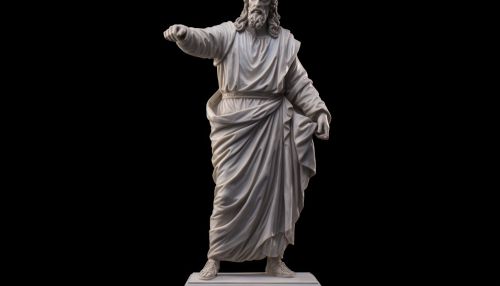Vitruvius
Early Life and Education
Marcus Vitruvius Pollio, commonly known as Vitruvius, was a Roman author, architect, and engineer during the 1st century BC. His exact birth and death dates are unknown, but his life span is estimated to have been from 80 BC to 15 BC. He is most famous for his multi-volume work entitled De Architectura (On Architecture).
Vitruvius was likely born in a Roman settlement, possibly in the modern-day region of Marche, Italy. Little is known about his early life and education, but it is believed that he received a comprehensive education in Rome, studying subjects such as mathematics, engineering, and architecture.


Career
Vitruvius served as a military engineer under Julius Caesar during the Gallic Wars from 58 BC to 50 BC. He was responsible for the design and construction of various military machines, including siege engines and artillery. His expertise in military engineering and architecture was highly valued, and he was eventually appointed as the chief engineer of the Roman army.
After the Gallic Wars, Vitruvius continued to work as an architect and engineer. He was involved in various public and private projects, including the design and construction of buildings, aqueducts, and roads. His work was highly regarded, and he was known for his innovative designs and meticulous attention to detail.
De Architectura
Vitruvius' most significant contribution to architecture and engineering is his ten-volume work, De Architectura. This comprehensive guide covers a wide range of topics, including the principles of architecture, the history of architecture, the design and construction of buildings, and the use of machines in construction.
De Architectura is considered the first comprehensive guide to architecture and engineering. It was widely used during the Roman Empire and continued to influence architectural theory and practice during the Renaissance and beyond. The work is notable for its detailed descriptions and illustrations, as well as its emphasis on practicality and functionality in design.
Legacy
Vitruvius' work has had a profound impact on the field of architecture. His principles of design, including the concepts of firmitas (firmness, durability), utilitas (commodity, utility), and venustas (delight, beauty), have become fundamental tenets of architectural theory.
His work has also influenced many notable architects throughout history, including Leonardo da Vinci and Andrea Palladio. His concept of the "Vitruvian Man," a figure demonstrating the ideal proportions of the human body, was famously illustrated by da Vinci and has become an iconic symbol of the Renaissance.
